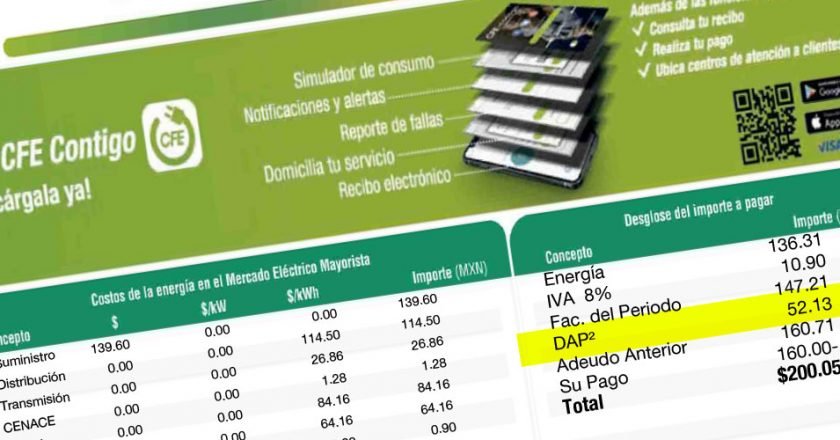


Some people believe that God created the world in 6 days, and on the 7th day He rested. Resolving their …


Baja California already has the blessing of President Andres Manuel Lopez Obrador to be one of the nine States obtaining …



Due to the increase of active coronavirus cases and intubated patients in Baja California, Alonso Perez Rico, head of the …

The public consultation regarding the acceptance of Sempra’s Energy 2-billion-dollar investment in expanding their current Ensenada plant, is going on …

The Mexican Supreme Court announced last Tuesday that it had declared illegal for any of the cities in Baja California …

Table dance converts to a restaurant overnight. After a decision from the local city council in Ensenada to refuse to …